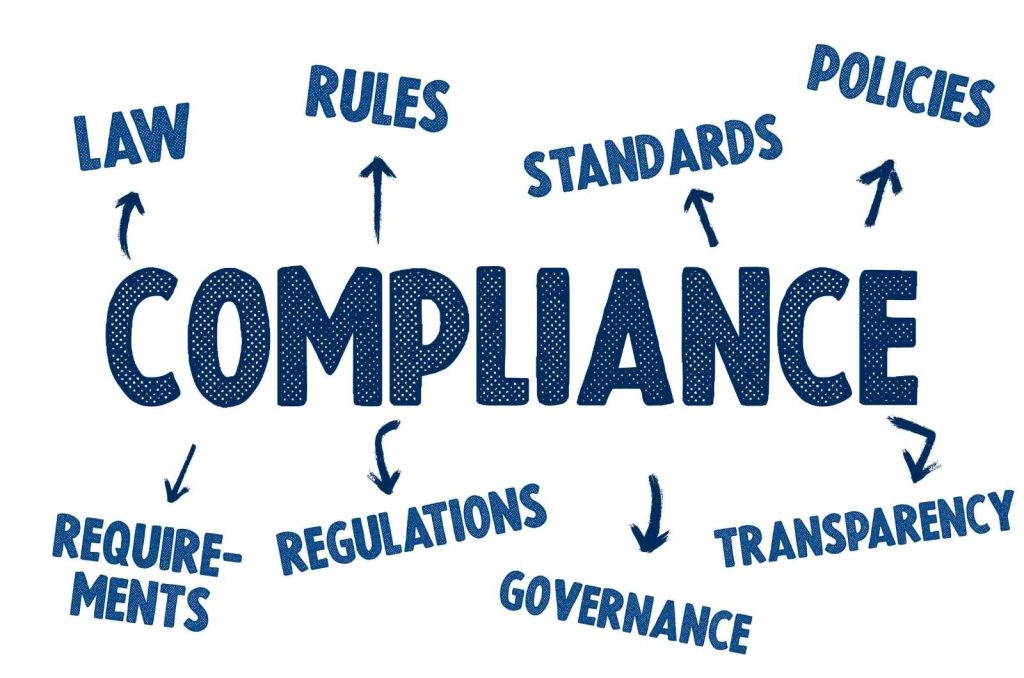
?What are the challenges in compliance management
Compliance management can be a daunting task for many organizations. One of the main challenges is keeping up with the constant changes in regulations. Laws and standards can vary by industry, region, and even by the specific operations of a business. This makes it difficult to ensure that all processes are up-to-date and compliant.
Another significant challenge is the sheer volume of documentation required. From policies and procedures to records of compliance activities, the paperwork can quickly become overwhelming. Ensuring that all documentation is accurate, complete, and easily accessible is a time-consuming process.
Additionally, managing compliance often involves coordinating efforts across multiple departments. This can lead to communication gaps and inconsistencies in how compliance measures are implemented. Without a centralized system, it's easy for important details to slip through the cracks.
Human error is also a major factor. Manual processes are prone to mistakes, which can result in non-compliance and the associated penalties. Moreover, the lack of real-time monitoring and reporting makes it difficult to identify and rectify issues promptly.
Overall, the complexity and dynamic nature of compliance management require significant resources and attention. Advanced software tools can help address these challenges by streamlining processes and automating many of the tasks involved.
?How do advanced software tools address these challenges
Advanced software tools simplify compliance management by automating many of the manual processes that can be time-consuming and error-prone. These tools can help you stay updated with the latest regulations by providing real-time alerts and updates. This ensures that your organization is always in line with current compliance requirements.
One of the main features of these tools is workflow automation. By automating routine tasks such as document management, reporting, and audit trails, you can significantly reduce the administrative burden on your team. This allows your staff to focus on more strategic activities, rather than getting bogged down by repetitive tasks.
Moreover, advanced software tools often come with built-in reporting and analytics capabilities. These features enable you to generate detailed compliance reports quickly and accurately. This not only helps in internal reviews but also makes it easier to demonstrate compliance to external auditors and regulatory bodies.
In addition, these tools offer centralized data storage, which ensures that all compliance-related information is easily accessible and securely stored. This minimizes the risk of data loss and ensures that you have a complete audit trail.
By integrating these advanced tools into your compliance management processes, you can enhance efficiency, reduce risks, and ensure that your organization remains compliant with minimal effort.
What are the key benefits of using advanced software tools for compliance management?
Using advanced software tools for compliance management offers several key benefits that can transform how your organization handles regulatory requirements. First, these tools automate many of the repetitive tasks involved in compliance. This means less time spent on manual data entry and more time focusing on strategic initiatives. Automation can also reduce errors, ensuring that your records are accurate and up-to-date.
Another significant benefit is real-time monitoring. Advanced software tools can continuously track compliance-related activities and alert you to any issues as they arise. This proactive approach helps you address potential problems before they escalate, minimizing the risk of non-compliance.
Improved reporting capabilities are also a major advantage. These tools can generate comprehensive reports that provide insights into your compliance status. With detailed analytics, you can easily identify trends, pinpoint areas that need improvement, and demonstrate compliance to regulators.
Lastly, advanced software tools offer enhanced document management. They centralize all compliance-related documents, making it easier to access and manage critical information. This ensures that you have all the necessary documentation readily available during audits, reducing stress and improving your audit readiness.
Overall, these benefits contribute to a more efficient, accurate, and proactive compliance management process, allowing your organization to stay ahead of regulatory demands.
How can organizations implement these software tools effectively?
Implementing advanced software tools for compliance management can be straightforward if approached methodically. First, assess your organization's specific compliance needs. Identify the regulations and standards that are most relevant to your industry and operations. This initial step ensures that you choose software tailored to your requirements.
Next, involve key stakeholders in the selection process. Input from compliance officers, IT staff, and department heads can help in evaluating the features and capabilities of different software options. Look for tools that offer user-friendly interfaces, customization options, and robust support services.
After selecting the appropriate software, plan the implementation process. Develop a timeline that includes milestones for installation, configuration, and training. It's crucial to allocate sufficient time for staff training, as proper usage of the software is vital for its effectiveness. Training sessions should cover all functionalities of the tool, ensuring that users are comfortable with both basic and advanced features.
Additionally, integrate the new software with your existing systems. Compatibility with current IT infrastructure can streamline data flow and reduce the risk of errors. Regularly update the software to keep up with regulatory changes and technological advancements.
Finally, establish a feedback loop. Encourage users to report any issues or suggestions for improvement. Continuous monitoring and adjustments will help maintain the effectiveness of the compliance management system, ensuring your organization stays compliant with ease.
Advanced software tools make compliance management more manageable and efficient for organizations. By automating tasks, providing real-time updates, and improving reporting, these tools help you stay ahead of regulatory changes. Implementing such solutions can reduce the risk of non-compliance, save time, and allow you to focus on core business activities. Embracing these technologies means you can achieve and maintain compliance with ease, ensuring a smoother, more efficient operation. If you haven't explored these tools yet, now is the time to consider how they can benefit your organization.
click here for more info: https://www.orcanos.com
